Isolated, Rogue and Private Vines
Expanding the census on the hidden vines of Paris
It’s hard enough for most people to identify a grape vine when they see one (unless it’s weighted with grapes, or in full leaf, or both, and sometimes even then…), so launching a participative quest to expand the list of isolated, rogue and private vines in Paris in winter is perhaps not the best timing.
But I thought I’d put it out there now, as the new year begins, to see if we can incentivise our readers to help expand the census of these tenacious, vigorous plants that tie us to the real story of Paris, which is wine.
Outside of the well defined, intentional plantings of vines and vineyards in the city, there are a surprising number of isolated, rogue, and I daresay, forgotten vines that somehow continue to thrive amidst the urban sprawl.
As a plant symbol, the grapevine has a very broad spectrum of associations. It is one of the most ubiquitous motifs in Mediterranean cultures, and the transformation of grape juice into wine is closely tied to mysticism and the divine. It has been an essential part of ancient rituals from Dionysian and Bacchic revelry to the Christian sacrament, still finding its place in weddings, graduations, birthdays, anniversaries, Valentine’s Day, receiving guests, marking arrivals and departures, new years of course, holidays, feasting, and every kind of social celebration. It is emblematic of fertility, abundance, prosperity, life forces, the blood of the earth, and the eternal cycle of life, death, rebirth and regeneration. It is also emblematic of the power of nature, and in an urban environment, an expression of vitality, liberty and the wild.
Finding grapevines stretching their limbs and attaching their tendrils to whatever might lend support, their leaves dancing in the breeze and their fruit defying the over-zealous constructions of the cityscape is nothing short of miraculous. Citing these free spirits is therefore a triumph of nature, in which you can take part.
What’s in it for you, dear reader, you ask? Apart from focussing your attention on the green, the living, the forces of nature persisting discreetly amidst the concrete jungle, you may find it soothing for the soul.
And, for every vine, collection of vines we have not yet discovered on our pointedly focussed search, we will offer a free wine walk. You can check to see if the vine(s) you find have already been accounted for on our newly created webpage, Isolated & Random Vines of Paris.
So this week’s post is not exactly wordy or informational, but pictorial. Below you will find a gallery of images of some of the random vines we have found.


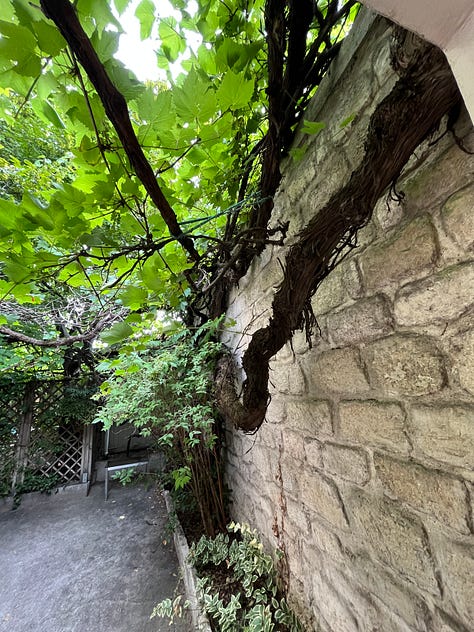
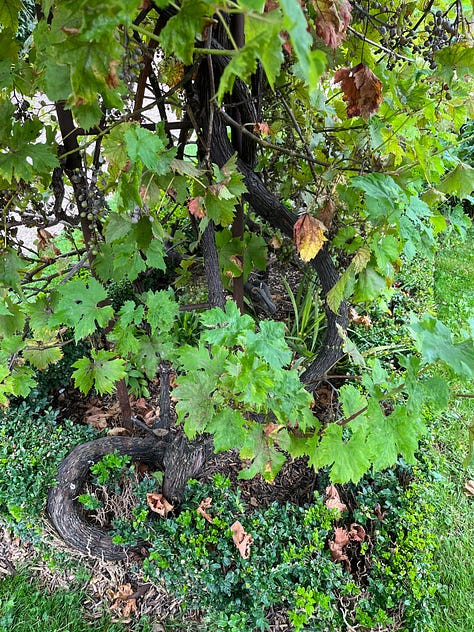
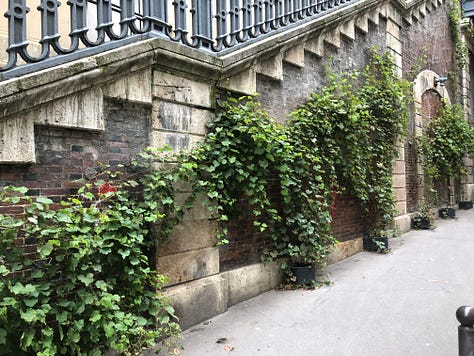
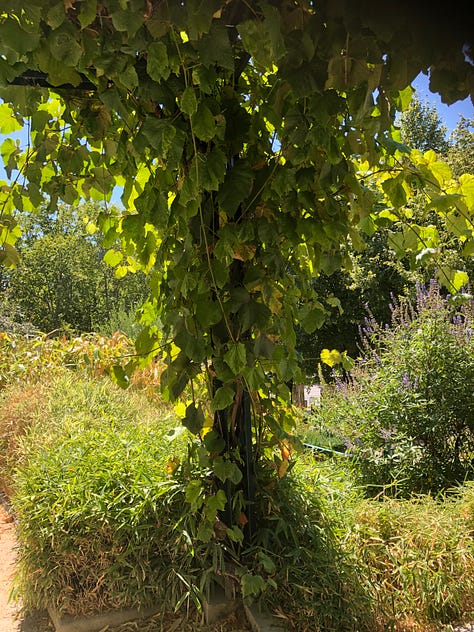



So what are the rules? Easy. Take a picture of whatever grapevine you find and send it to us. If we’ve not already found it (check our website), or it’s not in my book, The Hidden Vineyards of Paris (which will soon be available online for purchase) we’ll give you a free wine walk. And we’ll post the photo you send us on this site for our followers to see so that you are celebrated around the world for your invaluable discovery.
Brillat Savarin, the famous food writer and first ever human to attempt to provide us with a definition of taste said, “The discovery of a new dish does more for the happiness of the human race than the discovery of a star”. I would paraphrase and say that, “The discovery of a new vine does more for the happiness of the human race than the discovery of, well you name it.”
NB: This census only includes vines that can be found within the 20 arrondissements of Paris.
Wine Walks!
For more information, click on the underlined links:
Clos Montmartre - Paris in Your Glass
Paris' most famous wine producing vineyard
Latin Quarter Unbottled!
An insider's journey to the oldest wine neighbourhood in the city
Wine Your Way Through the Marais
The Marais seen through a wineglass
Saint-Germain-des-Prés
Discover the vinous spirit of medieval Paris
3-Vineyard Cycling Tour
A comprehensive overview of medieval Paris
Paris Bottled!
Short on time? This one’s for you.



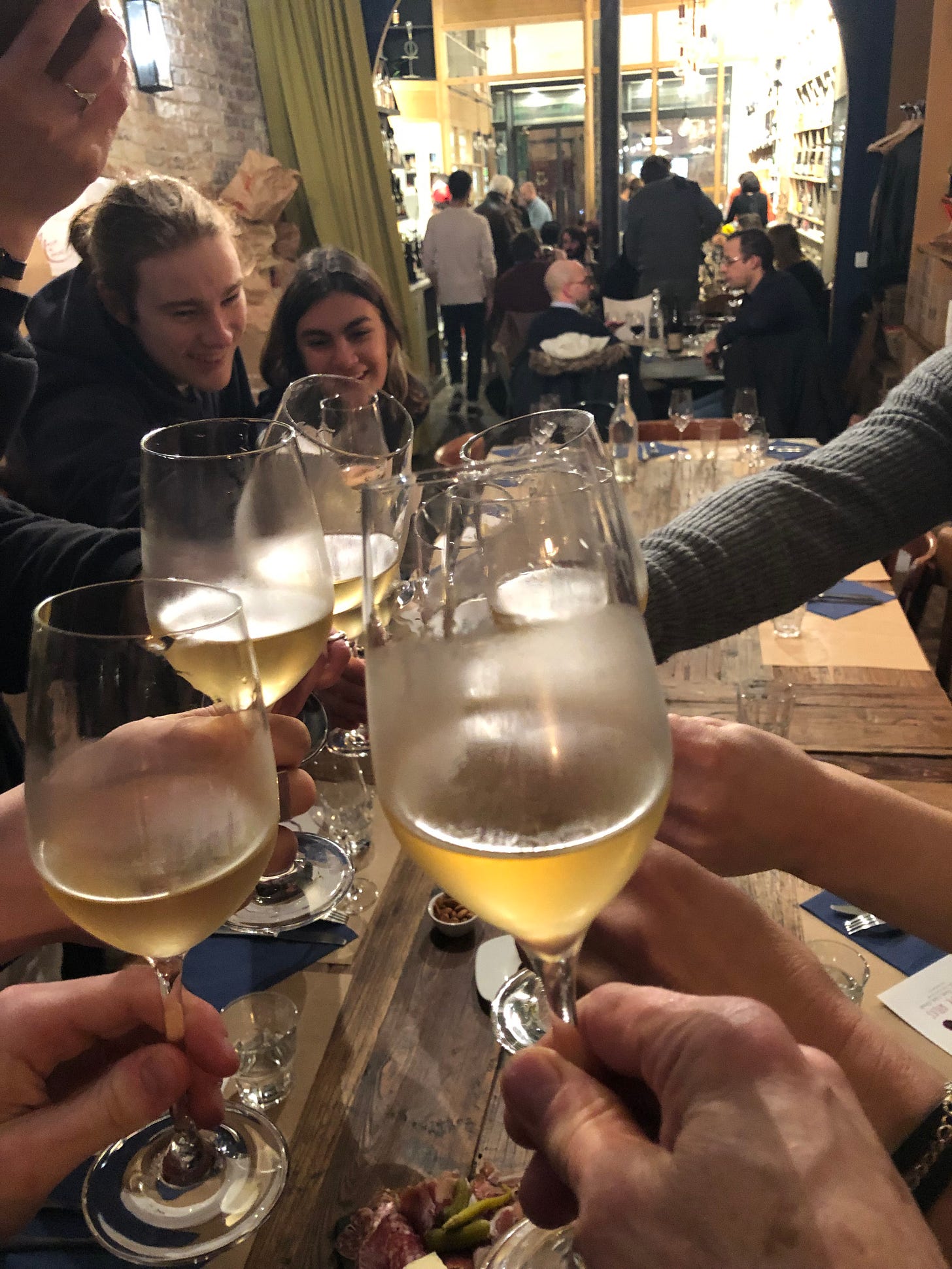
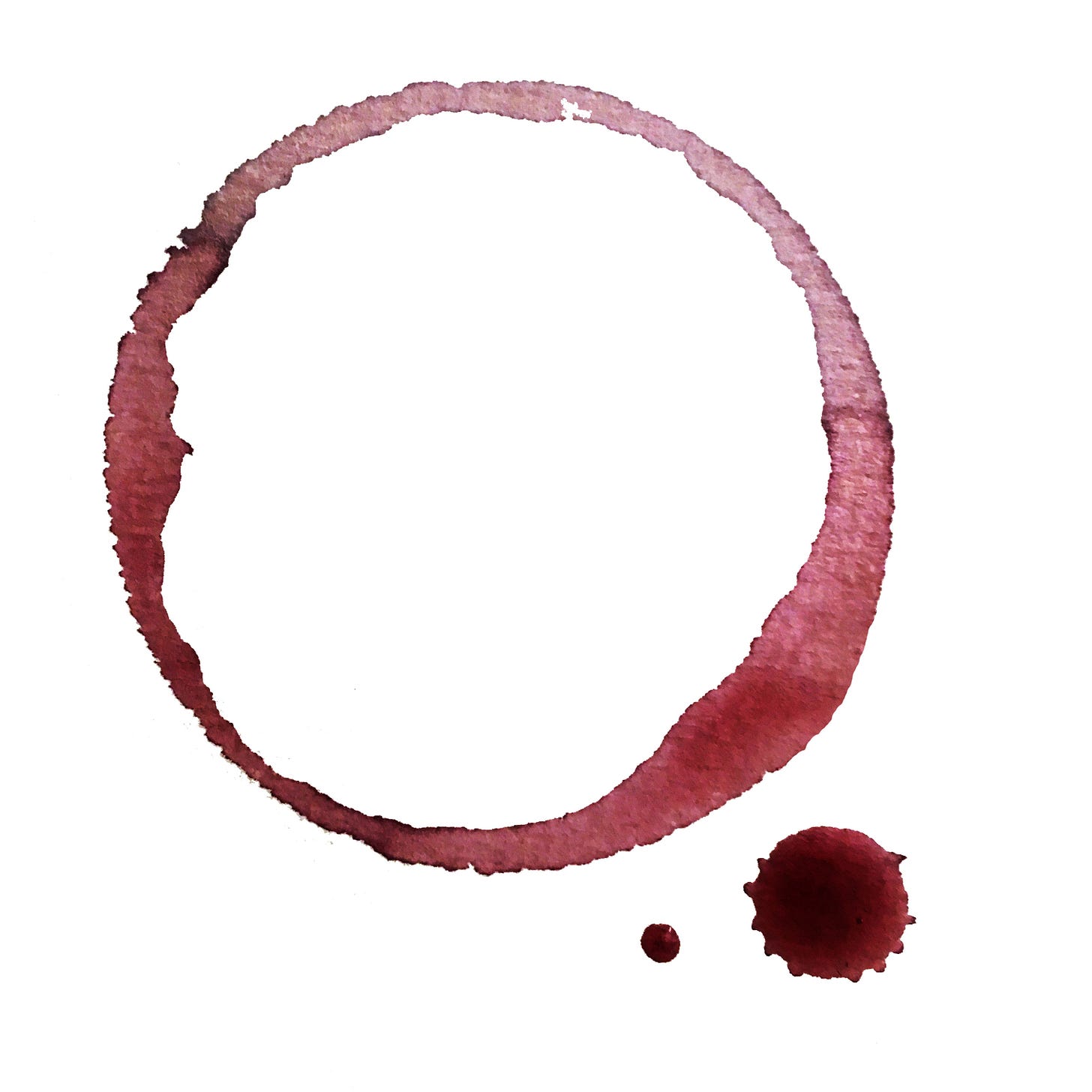
Such an uplifting and thoughtful message! Happy New Year indeed! I’m so happy you’ve added these historical walks so that more families can partake and be enlightened and enlivened by your wisdom and immense knowledge. Bravo!
Excellent piece!